Insurance carriers should use a residential inspection to offer the following home maintenance tips to insureds:
1. Add caulking where needed.
One of the easiest and most cost-effective ways to prevent moisture from entering the home is to add caulking to any spots around doors and windows where moisture and air could make its way in. Caulking can also help to moderate the temperature of your home, contributing to lower utility bills.
2. Clean clothes dryer lint trap and exhaust duct.
Many homeowners overlook the need to clean out their clothes dryer lint trap and exhaust duct; however, failure to do so could lead to a house fire. Engaging a professional to complete the cleaning will help to ensure that it’s done thoroughly. Alarmingly, nearly 16,000 U. S. house fires between 2010 and 2014 were related to clothes dryers or washing machines, resulting in $238 million in property damage.
3. Look for signs of wear and tear on the roof.
The roof is the home’s first line of defense. Make homeowners aware of any damage seen during the residential inspection and remind them that unresolved maintenance issues will eventually lead to large claims. In fact, some insurance carriers will choose not to cover claims where lack of maintenance is the cause for the damage.
4. Test and clean the sump pump and pit.
You can typically find a sump pump in the basement as they serve as a last line of defense against floods. Testing and cleaning the sump pump also provides insurance carriers with an opportunity to discuss gaps in coverage as many homeowner’s insurance policies exclude water damage due to sewage and drain backups.
5. Inspect and clean chimneys.
Chimneys in a home need to be cleaned on an annual basis. When left unclean, the risk of a fire increases dramatically. Between 2009 and 2013, approximately $25 million insurance claims were related to fires that originated with a chimney. Neglecting to clean chimneys on an annual basis can also lead to other issues, such as carbon monoxide poisoning.
Using a property inspection to share these home maintenance tips with insureds can help to deter insurance claims and prevent the homeowner from experiencing a spike in insurance premiums.
Our team at Insurance Risk Services has been partnering with insurance carriers for more than 35 years to provide them with accurate underwriting support in the form of commercial and residential inspections. Contact us to learn more about how we can help you to deliver value to insureds with a residential inspection.


